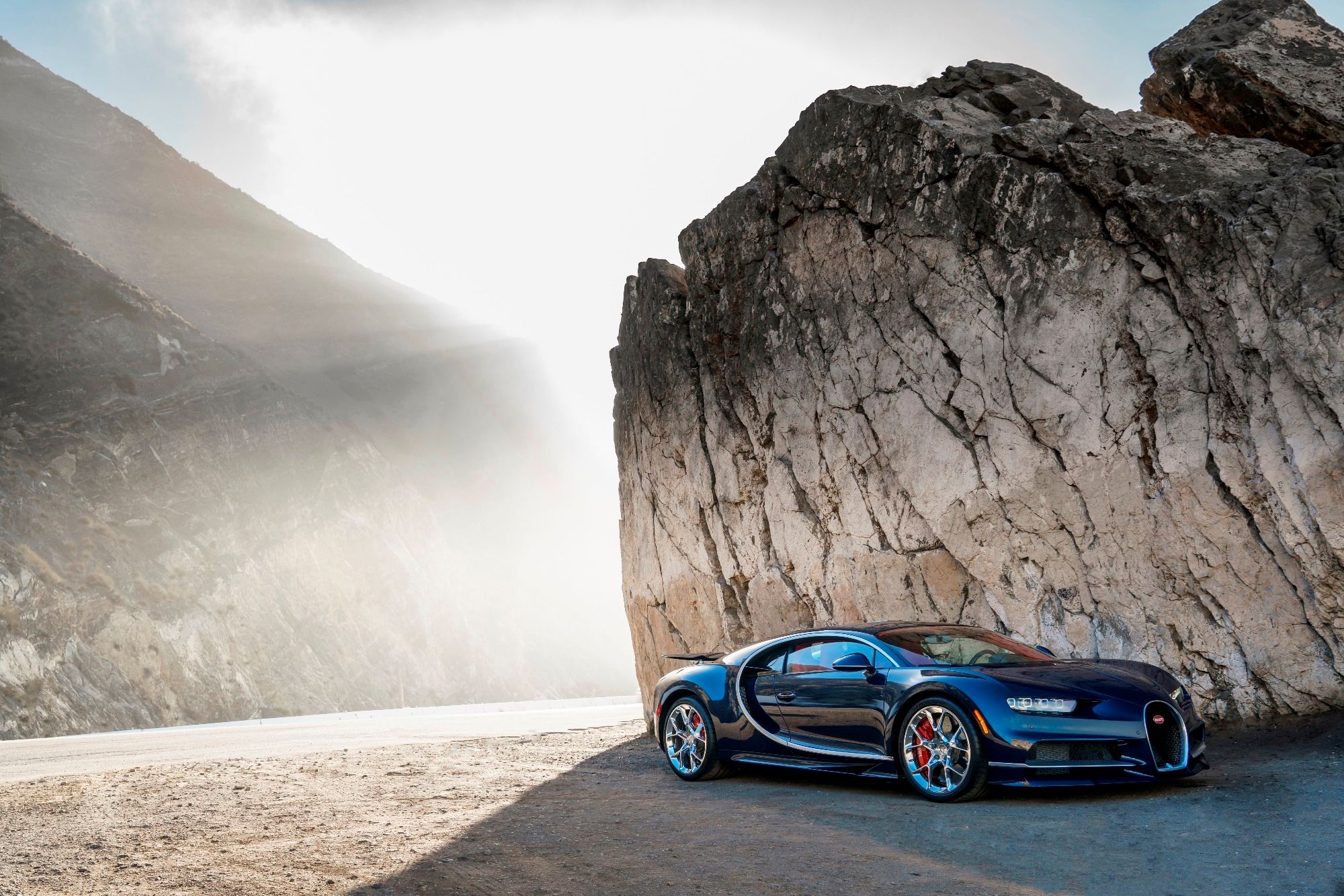
Take a look at any Bugatti. It is a wonder of technical brilliance and luxury craftsmanship - and that's just the 'regular' series models like the Bugatti Chiron. The company puts an extraordinary level of detail into its cars, its toys, and even its amazing emblem. Special editions like the Centodieci are even more special, but this obsession with excellence didn't come about by accident. Company founder Ettore Bugatti was always about bettering every last detail, so it should be no surprise that the man created some of the world's most successful racing cars and amassed around 1,000 patents. As the French automaker celebrates the 140th anniversary of his birth, here are just some examples that prove Ettore was a man ahead of his time.
Ettore's father, Carlo Bugatti, recognized his son's talents in repairing a motorized tricycle at a young age. He persuaded Ettore to take an apprenticeship at the Prinetti and Stucchi factory at age 16, where young Ettore immediately made an impact. Within a year, he had designed his own motorized tricycle, which he competed in himself. The year after that, he left the company to build his own vehicle with funding from the Counts Gulinelli. Every detail, from the engine to the body, was drawn on paper by Ettore, and he himself assembled the parts too. The design was so groundbreaking and challenging to established archetypes that Ettore won multiple awards for it and was eventually hired by the De Dietrich company to design and build vehicles. He was still so young that his father had to co-sign the contract with him.
In 1903, Ettore built a car for the Paris-Madrid race. This car was unique, because Ettore placed the driver and mechanic low down in the chassis. As revolutionary as this was for the time, the car was denied entry into the race because organizers still held the belief that a high seating position was the correct design. How wrong they were.
Fast forward to 1909, and Ettore completed the Type 10, or "Pur Sang". Powered by a 1.2-liter four-cylinder producing just 9.8 horsepower, it may have seemed out of its depth. However, the engine was revolutionary with the overhead camshaft operating two valves per cylinder in a cast-iron block. As clever as that was, the innovation continued with the power being transmitted to the rear wheels via a multi-plate clutch and a propshaft. This came at a time when most cars were still chain-driven.
Ettore realized that using motorsport to market cars was the way forward, and many have since followed the same recipe. In 1911, Bugatti entered the Type 10 at the French Grand Prix. It would compete against cars that weighed almost double and had engines almost three times as large. Against such opposition, nobody would have expected a good result, but Ettore's genius became even more apparent when driver Ernest Friedrich brought the car home to a second-place finish. Over the years, Ettore would continue to innovate and excel with low weight and advanced engineering. By the early 1930s, another Bugatti legend called the Type 35 had not only won its maiden race but approximately 2,000 other events too, making it the most successful racing car ever.
Eventually, Ettore focused more on cars for the road, culminating in the Type 41 'Royale', a car that you could only buy if Ettore himself met with you and decided that you were distinguished enough. Kings and aristocrats were among his customers, which is where the 'Royale' nickname comes from. This car boasted the ability to drive from 1.2 mph up to 124 mph in its top gear, as well as a dry sump lubrication system, a three-speed gearbox, solid alloy wheels with slots to avoid overheating, and even double the normal suspension setup for greater comfort. Clearly, Ettore was obsessed with refining every last detail.
Ettore Bugatti's obsession with excellence is apparent in so much more than just the motoring industry, with the man creating his own distillery after being dissatisfied with the best liquor available at the time. He also built a toy car for his son Roland - the Type 52. Beyond that, he developed patents for a cylindrical razor, a superlight bicycle and motorcycle frame, security locks, and even a casting rod for anglers. The list goes on and on, and that obsession with finding excellence in every aspect of life is what made Ettore a brilliant inventor, a successful businessman, and a true genius. We think he'd have got along great with Christian von Koenigsegg if he were still alive today.
